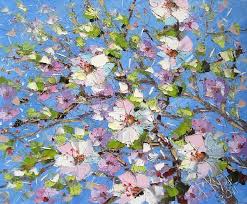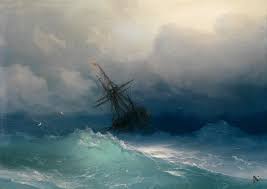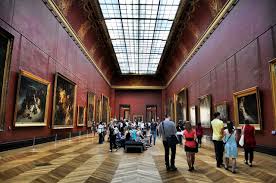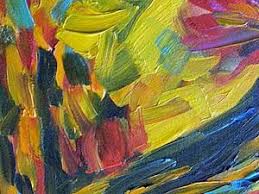Monthly Archives: April 2018
CLASSIFICATION OF WORKS OF THE FINE ART
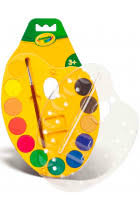 Classification of works of art by type, material, technique and genre.
Classification of works of art by type, material, technique and genre.
Works of fine art are divided into the following main types: painting, graphics, sculpture, decorative and applied art. Recently, a fifth can already be added to the traditional four types of fine art – technical arts, which include art photography and computer graphics. Painting, in turn, is divided into easel and monumental. Graphics for drawing, watercolors and printed graphics. The sculpture is round (monumental, easel, small forms) and relief (bas-relief – when less than half the volume emerges from the plane and the relief is more than half). Even more varieties in DPI: ceramics, hot enamel, batik, tapestry, forging, painting on wood, metal, etc. Continue reading
technologies
Museum
school
transmitted
watercolors
available
contact
troubles
returned
resistant
arrogance
photography
artists
educational
enthusiasm
unshakable
selection
modest
phenomenon
snowflakes
background
traditions
until
number
finally
technique
density
ideological
different
landscape
decorative
sixties
harmony
milestone
landscapes
subsequent
festivals
professional
combination
various
performance
characteristic
period
absolutely
minerals
student
distinguished
composition
communal
creation
development
province
sepia
institution
emergence
members
community
musician
movements
manufacture
workshop
soldiers
canvas
again left
documentary
reproduction
